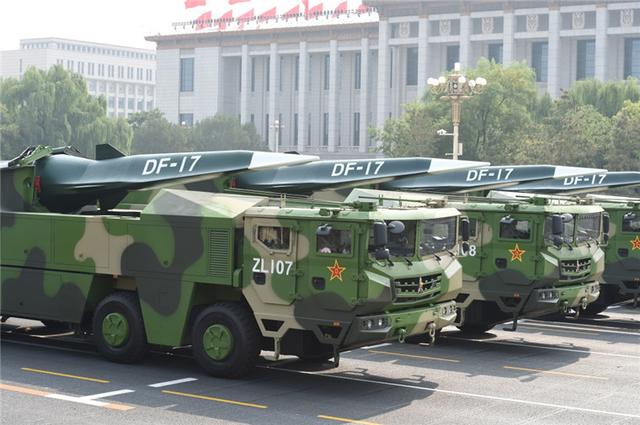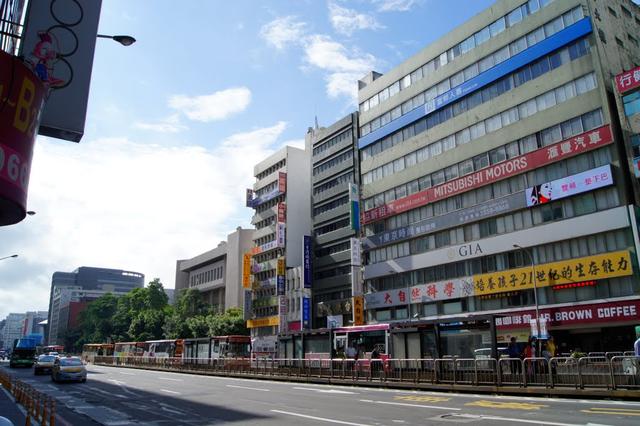The latest issue of The Economist, due to be published on May 1st, will feature a cover article entitled “The Most Dangerous Place in the World”, arguing that a war in the Taiwan Strait would be a disaster and that China and the US must redouble their efforts to prevent that from happening.
The island of Taiwan, with a population of about 24 million, is only 130 kilometers from the Chinese mainland coast, the article said. Beijing has long insisted that the two sides belong to the same China and that Taiwan is part of China, while Washington, while ostensibly agreeing to the one-China principle, has been making “two Chinas” in its back for more than 70 years.
The article argues that this “strategic ambiguity” can no longer be maintained, and the U.S. government has begun to feel in recent years that it may no longer be able to prevent Chinese mainland from resolving the Taiwan issue by force. Philip Davidson, commander of the U.S. Indo-Pacific Command, told Congress in March that he believed Chinese mainland would resolve the Taiwan issue by force as soon as 2027.
If the Taiwan-China conflict were to occur, it would be a disaster that would not only increase the risk of armed conflict between the two nuclear powers, but also affect the global economy, the article said. Taiwan-based TSMC is the world’s leading chipmaker, with 84% of the world’s most advanced chips produced here, and if something happens in the Taiwan Strait, TSMC will be affected, and a shutdown could stall the global electronics industry.

The article claims that for the United States, although the United States is under no obligation to defend Taiwan, but the “Taiwan conflict” will be a test of U.S. military strength, diplomacy and political determination. If the U.S. Navy does not send the Seventh Fleet, China will become asia’s dominant force overnight. America’s allies around the world will learn that the US cannot be counted on and that the status quo in Pax America will “collapse”.
The cover article in The Economist also says the US has realised that the situation in the Taiwan Strait has turned a corner after 25 years of military build-up by the Chinese People’s Liberation Army. Over the past five years, China has deployed four to five times as many major ships and submarines as the U.S. military in the Western Pacific, builds more than 100 advanced fighter jets a year, and has a large number of precision-guided missiles capable of striking U.S. Navy ships and U.S. military bases in Japan, South Korea and Guam, as well as targets on the island. The U.S. side began to fail in a U.S. military exercise simulating the PLA’s invasion of Taiwan.
The article also touts the preparation of the U.S. government and the Taiwan authorities for this purpose, suggesting that the Taiwan authorities should begin to reduce resources for expensive large-scale weapons systems vulnerable to missile attacks and devote more resources to tactics and techniques that can thwart “armed attacks”. The United States must work with allies such as Japan and South Korea to “deter” China.
But the article also admitted that a move similar to a U.S. warship’s docking at a Taiwanese port would appear to support the Taiwanese authorities, but would in fact put the Taiwan Strait at risk.



